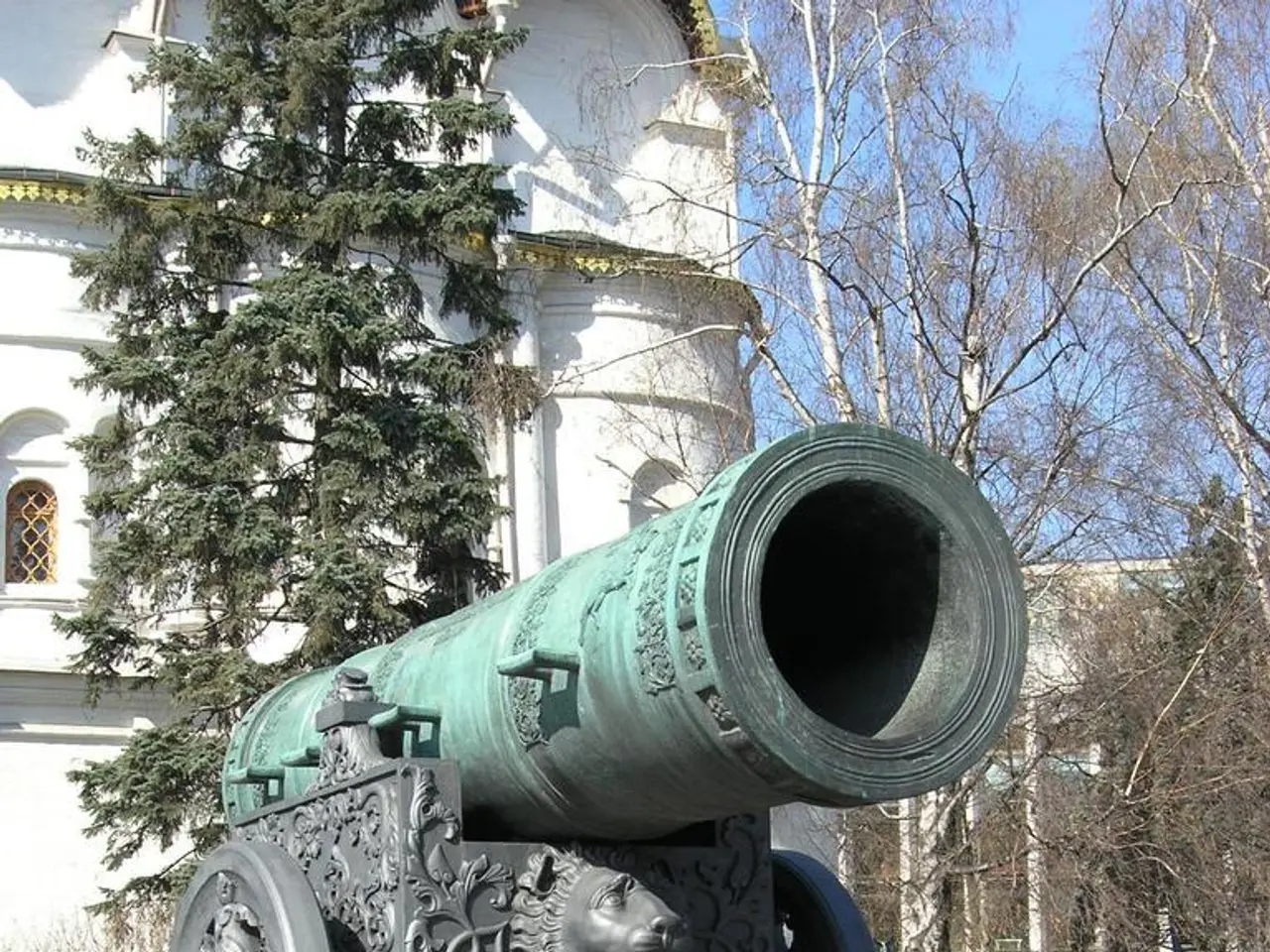Emergency evacuation strategy disclosed in Vilnius amidst potential military or nuclear peril
Vilnius Unveils Emergency Evacuation Plan Amidst Ongoing Preparedness Efforts
In response to the growing need for emergency preparedness, Vilnius city officials have revealed an emergency evacuation plan for the capital. The plan outlines three main evacuation routes for residents in the event of a natural disaster, military threat, or other major emergencies.
The primary routes include: 1. North towards Panevežys and Šiauliai, utilizing the western bypass and Highway A2. 2. West towards Klaipeda and Kaunas, following Gelezinis Vilkas Street, Tukstantmecio Street, Savanoriu Avenue, and Highway A1. 3. South towards Alytus and the Polish border, using the same bypass, Gelezinis Vilkas Street, Savanoriu Avenue, and Highway A4.
In the event of a natural disaster, residents could evacuate westward towards Klaipeda via Gelezinis Vilkas Street, Tukstantmecio Street, Savanoriu Avenue, and Highway A1. On the other hand, in case of a military threat, evacuation routes towards Panevežys and Šiauliai would use the western bypass and Highway A2.
Residents relying on city-organised transport would need to reach designated gathering points, typically schools or kindergartens per district across Vilnius. However, some roads could become heavily congested during evacuation, prompting the deployment of additional police officers to control traffic, deactivate traffic lights, and direct vehicles manually to keep traffic flowing.
The plan has received mixed reviews. While retired military officer Maj. Darius Antanaitis stated that the plan has value because it provides an assessment of what is needed for evacuation, former Vilnius Mayor Artūras Zuokas criticized it as an "insult to common sense." Current Mayor Valdas Benkunskas noted that some necessary upgrades could take years and criticized the central government for inadequate support.
Despite the criticisms, the importance of the assessment lies in the fact that the municipality now knows what is needed for evacuation. Building a bridge or widening a road is expensive, according to Benkunskas, and it involves going through various procedures.
The problem, according to Zuokas, is that the roads were not designed or planned for mass evacuation, and people would have to flee through fields in a nuclear incident or military threat. Nevertheless, efforts are being made to improve inter-agency coordination, law enforcement, and civil defense roles, as well as addressing potential challenges in full-scale evacuation.
In times of emergency, residents would be alerted to evacuate through sirens or emergency text messages. Specific designated evacuation routes and gathering points for Vilnius residents are not publicly disclosed for security reasons or are not found in open sources. Residents are advised to follow official communications during any emergency for instructions on evacuation and safe gathering locations.
[1] Lithuania's National Crisis Management Centre (NKVC) improves inter-institutional cooperation in response to hybrid threats. [2] Police and civil defense forces expand their roles in war-related emergencies, including evacuation management and securing critical infrastructure. [3] Baltic countries cooperate closely on mass evacuation plans due to the growing Russian threat. [4] Delays in initial drone incident responses highlight coordination complexity among multiple agencies under crisis conditions. [5] Clear procedures and rapid information sharing are crucial elements in regional evacuation readiness.
During times of war-and-conflicts or other significant emergencies, police and civil defense forces in Lithuania, as part of the national crisis management efforts, expand their roles to include evacuation management and securing critical infrastructure (1). As for general news, discussions about the need for a comprehensive evacuation plan are escalating due to the growing Russian threat, prompting Baltic countries to cooperate closely on mass evacuation plans (3). Meanwhile, in the political sphere, criticism has arisen regarding the emergency evacuation plan for Vilnius, with some arguing that roads were not designed for mass evacuation and that people may need to flee through fields in a nuclear incident or military threat (5).








